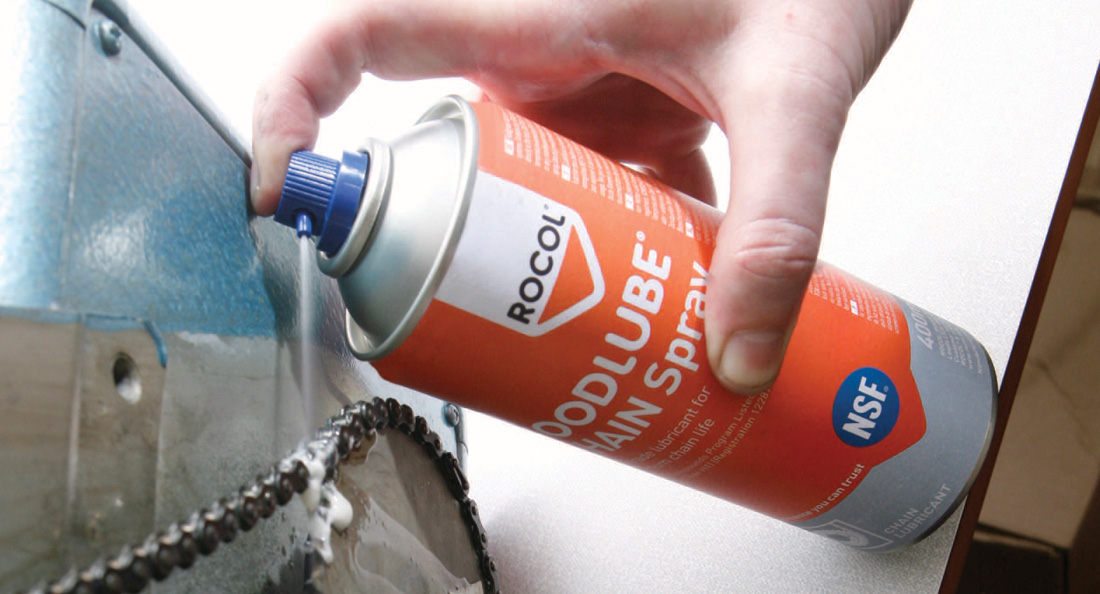To extend the lifespan of Rocol lubricants and maximize their effectiveness, following a few key practices can significantly enhance their longevity and performance. Here are some essential tips:
Proper Storage
Storing rocol lubricants correctly is crucial to maintaining their quality over time. Ensure they are kept in a cool, dry place away from direct sunlight and extreme temperatures. Temperature fluctuations can degrade lubricants, so storing them in a stable environment is essential. Additionally, keep containers tightly sealed to prevent contamination and evaporation.
Regular Inspection and Monitoring
Regularly inspect lubricant containers for any signs of damage, leakage, or contamination. Any compromised lubricant should be disposed of properly to prevent potential equipment damage. Implement a first-in, first-out (FIFO) inventory management system to use older lubricants before newer ones, reducing the risk of expired products.
Proper Handling and Dispensing
When dispensing rocol lubricants, use clean equipment to avoid introducing contaminants. Ensure that dispensing containers are free from moisture and dirt to maintain the lubricant’s purity. Follow manufacturer guidelines for handling and dispensing to prevent spills and waste, maximizing the use of each lubricant batch.

Equipment Compatibility and Lubrication Schedule
Ensure that Rocol lubricants are compatible with the equipment they are intended for. Using the wrong lubricant can lead to inefficiencies or even equipment damage. Refer to equipment manuals or consult with lubricant suppliers for recommendations on the appropriate lubrication schedule and type of Rocol lubricants to use for different applications.
Proper Application Techniques
Apply Rocol lubricants according to recommended techniques and quantities. Over-lubrication can attract contaminants and waste product, while under-lubrication can lead to increased friction and wear. Follow guidelines on application intervals and methods to optimize lubricant performance and extend equipment life.
Regular Maintenance and Cleanliness
Incorporate lubricant maintenance into overall equipment maintenance schedules. Clean equipment surfaces before applying lubricants to prevent contamination. Regularly inspect equipment for signs of wear, corrosion, or excess lubricant buildup. Address any issues promptly to prevent further damage and maintain operational efficiency.
Training and Education
Train personnel involved in lubricant handling and application on best practices. Educate them about the importance of proper lubricant use, storage, and maintenance. Provide refresher courses to ensure that everyone understands and follows protocols for maximizing the lifespan of Rocol lubricants and equipment.
Performance Monitoring and Analysis
Monitor equipment performance regularly to gauge the effectiveness of Rocol lubricants. Track lubrication intervals, equipment wear rates, and maintenance histories to identify trends or potential issues. Use performance data to adjust lubrication schedules or types as needed, ensuring continuous improvement in equipment reliability and lifespan.
















